At Brown Barn Farm we want to reduce the amount of horse fly population in the pasture with minimal use of insecticides on the farm and animals. These are the approaches that we are using at the Brown Barn Farm to mitigate the fly population.
We took a multi-pronged approach in order to accomplish this:
1) Encourage natural insect predators such as barn swallows and bats to set up residence on your farm or ranch by hanging bird and bat boxes.
2) Muck your stalls to keep them free of manure and urine as these odors attract flies.
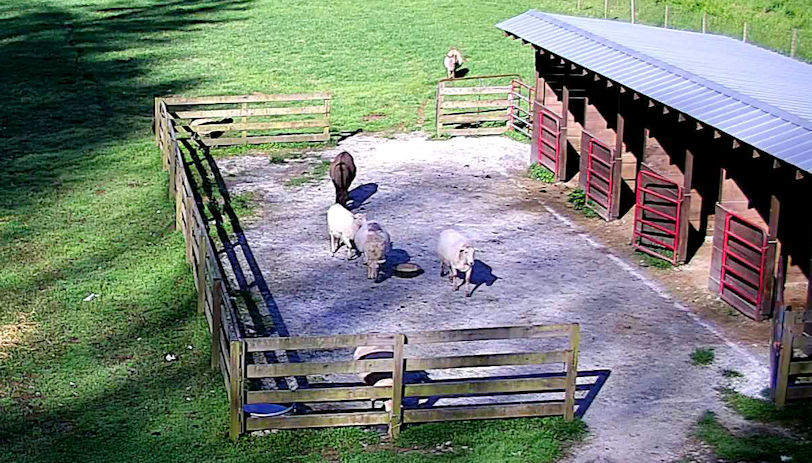
3) Keep you feed buckets where the animals eat, clean and dry; to avoid moist and decaying food that will become attractive to flies.
4) Drain excess water and debris that accumulates around rain barrels and areas where puddles occur.

5) When you spread manure on your pastures, do it thinly (less than 1/2 inch thick) so that the manure dries before it can become a breeding ground for the flies.
6) Introduce fly predators to your farm. (Tiny wasps that don’t sting)
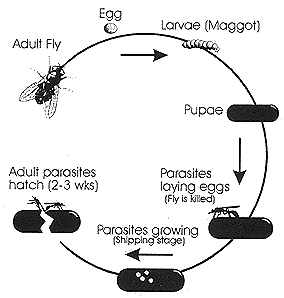
Fly predators are a natural and sustainable alternative for fly control. Sprinkle on manure areas as weather warms and flies will not be a problem. During the summer, re-release about every three weeks to keep the fly population down. The tiny insects will not bother people or animals, but will keep pest fly populations under control by destroying them in their cocoon stage. https://www.buglogical.com/flies/
7) Place Horse Fly Traps near and around stable and stall areas with access to direct sunlight.

Horse flies are attracted to dark objects that mimic the silhouette of an animal and there are a number of non-insecticidal traps that incorporate dark shapes that attract and capture these flies. One such commercial trap, the Horse Pal Trap, is effective and relatively easy to set up and move around in pastures and paddock areas.
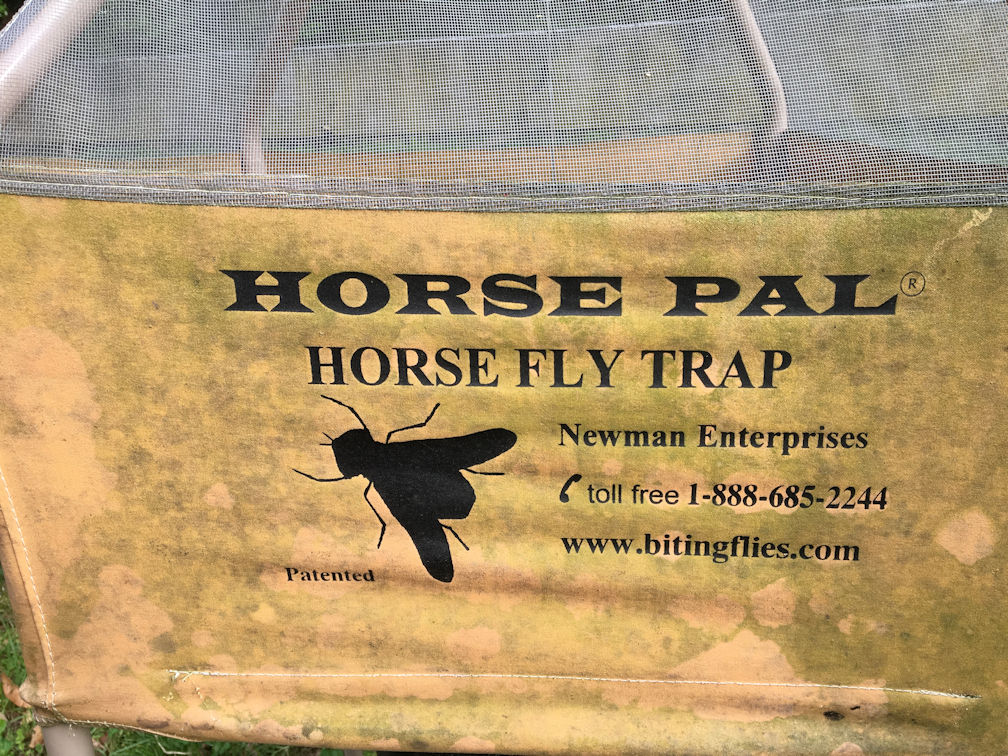
Flies are attracted to the dark ball suspended below the trap. Flies tend to fly upward when they leave an object and so are trapped in the pyramid netting and jar. One advantage of the this particular design is the ease of moving it from place to place in the paddock. Other trap designs are larger and more difficult to move around. Horse and deer fly traps use no pheromones or insecticides.
The most important tool in the multi-pronged approach.
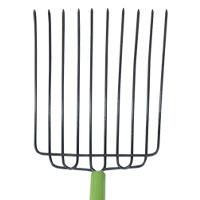
Brown Barn Farm

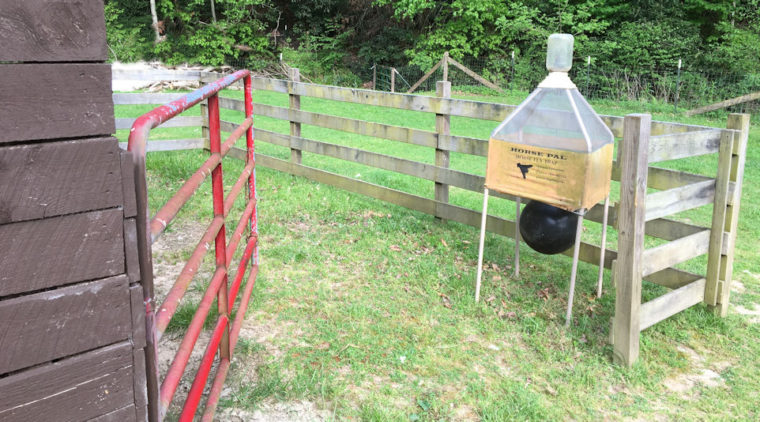
Comments
When all of the above methods fail, get out the fly spray.
I have not had to use it very often this summer after deploying the strategies above.
The fly predators have made the most notable difference this year when deployed correctly.